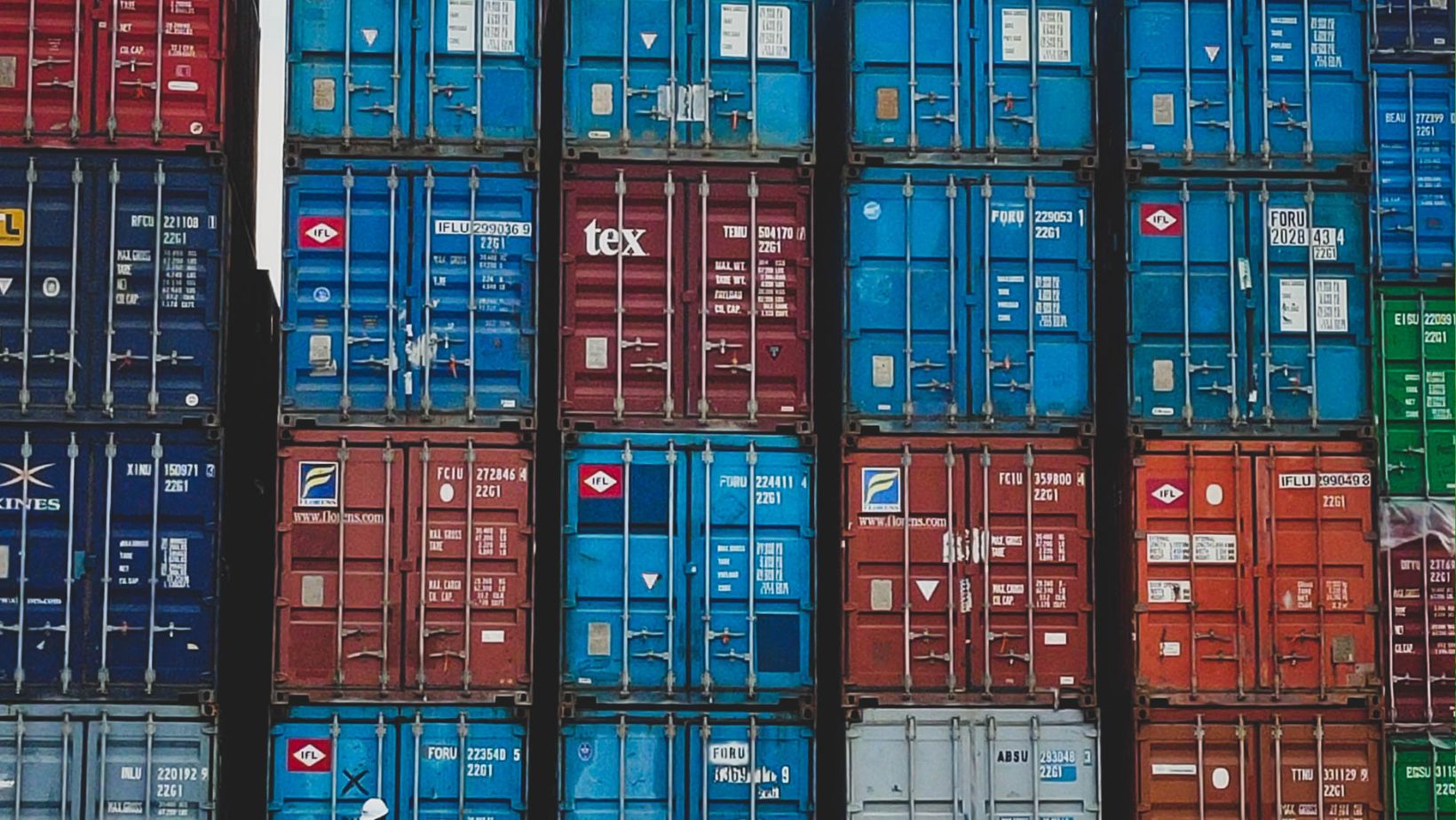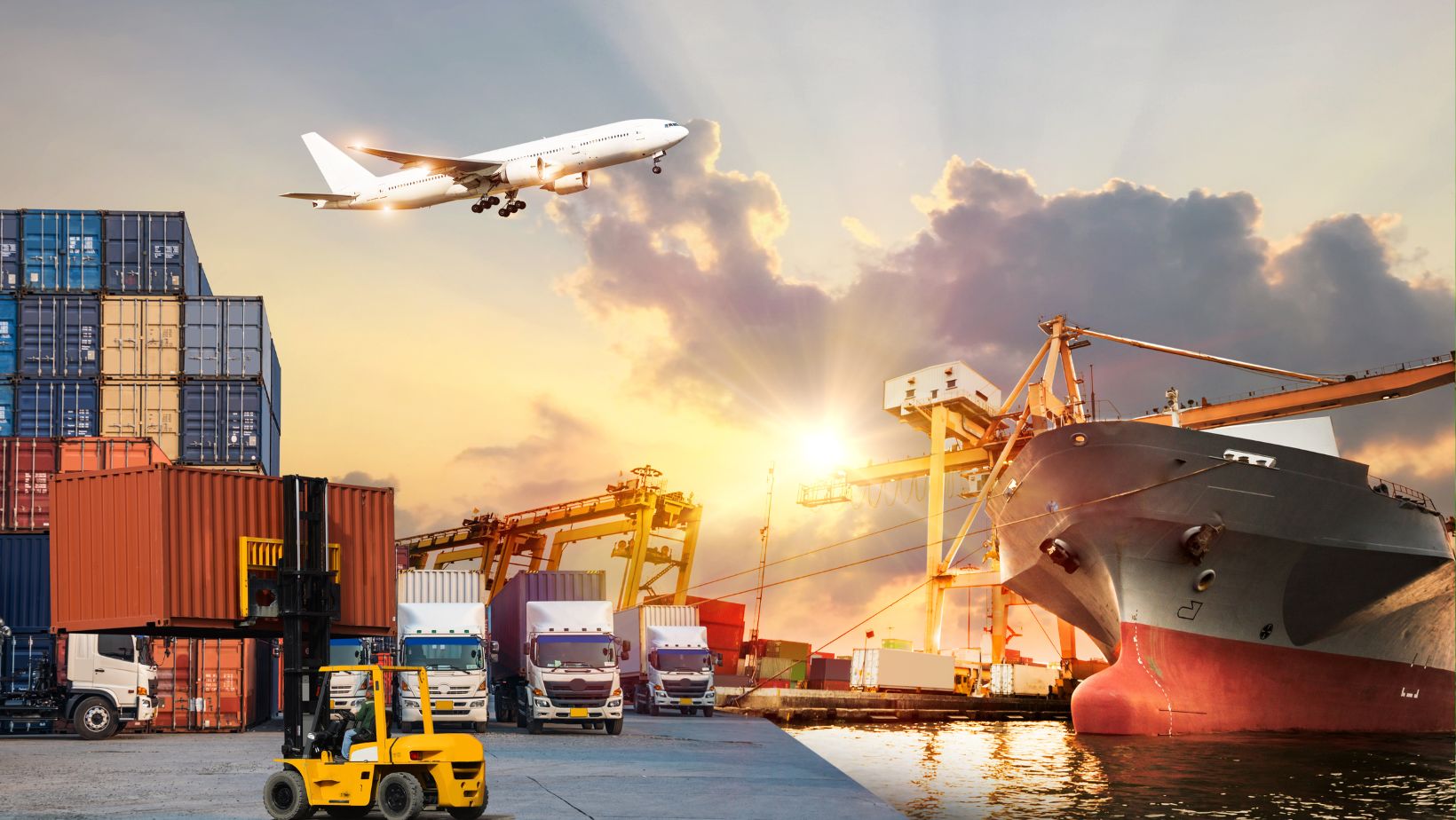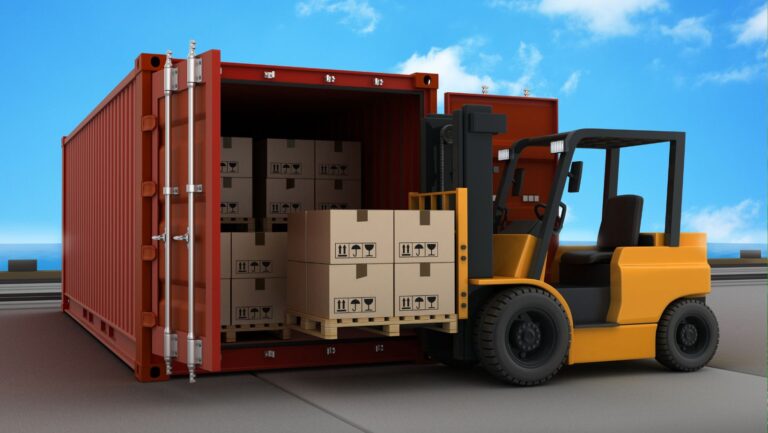The globalization of trade has significantly increased the complexity of supply chains, necessitating improved cargo security measures to protect goods in transit. As companies strive to enhance their security protocols, they turn to a combination of best practices and technological innovations. This article explores these strategies, helping organizations safeguard their assets and maintain the integrity of their supply chains.
Understanding the Risks in Cargo Transportation
Cargo transportation is fraught with various risks, including theft, damage, and delays. Criminal activities such as smuggling, hijacking, and cargo theft have surged in recent years, costing businesses billions of dollars annually. Additionally, natural disasters, accidents, and geopolitical tensions can disrupt supply chains, leading to financial losses and reputational damage. Understanding these risks is the first step in developing effective cargo security strategies.
Establishing a Risk Management Framework
To enhance cargo security, organizations should implement a robust risk management framework. This involves identifying potential threats, assessing vulnerabilities, and determining the impact of various risks on the supply chain. Companies can utilize risk assessment tools and methodologies to prioritize risks and allocate resources efficiently. Regular audits and reviews of security measures are essential to adapt to evolving threats and changing market dynamics.
Implementing Best Practices in Cargo Security
Organizations can adopt several best practices to enhance cargo security. Firstly, establishing strong relationships with trusted partners, including suppliers, carriers, and customers, is vital. These partnerships foster communication and collaboration, ensuring that all parties are aware of security protocols and responsibilities.
Secondly, training employees on security awareness is crucial. Staff should be educated on identifying suspicious activities and understanding the importance of cargo security protocols. Regular drills and simulations can keep security measures top-of-mind and prepare employees to respond effectively in emergencies.
Additionally, utilizing secure packaging and labeling can deter theft and damage. Employing tamper-evident seals, RFID tags, and tracking labels can help monitor cargo movement and prevent unauthorized access. Enhanced visibility and traceability are integral to maintaining security throughout the supply chain.
Leveraging Technological Innovations
Technological advancements play a significant role in reinforcing cargo security. One of the most impactful innovations is the implementation of Internet of Things (IoT) devices. These devices can monitor cargo conditions, track location, and provide real-time updates. Sensors can detect temperature, humidity, and movement, alerting stakeholders to any anomalies that may indicate tampering or damage.

Blockchain technology is another promising solution for enhancing cargo security. By providing a decentralized and immutable ledger, blockchain can improve transparency and traceability in shipments. All parties involved in the supply chain can access the same information, reducing the risk of fraud and errors. This level of transparency fosters trust among stakeholders and enhances cargo security.
Furthermore, artificial intelligence (AI) and machine learning can analyze vast amounts of data to identify patterns and predict potential security threats. Companies can leverage these technologies to enhance their risk assessments and adapt their security strategies proactively. Predictive analytics can help organizations allocate resources effectively and prioritize high-risk areas in the supply chain.
Integrating Cybersecurity Measures
As supply chains become increasingly digitized, cybersecurity has emerged as a critical component of cargo security. Cyber threats, such as hacking and data breaches, can compromise sensitive information and disrupt operations. Organizations must implement robust cybersecurity measures to protect their systems and data.
Establishing strong firewalls, conducting regular security audits, and training employees on cybersecurity best practices are essential steps in safeguarding digital assets. Additionally, companies should consider investing in cyber insurance to mitigate financial losses resulting from cyberattacks.
Collaboration and Information Sharing
Collaboration among industry stakeholders is vital for enhancing cargo security. Sharing information about threats, incidents, and best practices can help companies stay ahead of emerging risks. Industry associations and government agencies can facilitate this collaboration by providing platforms for dialogue and information exchange.
Participating in industry forums and networks allows organizations to learn from one another and adopt effective security measures. Additionally, public-private partnerships can enhance cargo security by aligning resources and expertise to tackle common challenges.
Regulatory Compliance and Standards
Compliance with relevant regulations and industry standards is crucial for maintaining cargo security. Organizations should familiarize themselves with international, national, and local regulations governing cargo transportation and security. Compliance not only reduces legal risks but also enhances the organization’s reputation and credibility in the market.

Implementing recognized security standards, such as the Customs-Trade Partnership Against Terrorism (C-TPAT) and the Authorized Economic Operator (AEO) program, can strengthen security protocols. These programs provide frameworks for assessing and improving security practices within the supply chain.
Continuous Improvement and Adaptation
Finally, enhancing cargo security is an ongoing process that requires continuous improvement and adaptation. Organizations should regularly evaluate their security measures, incorporate feedback from employees and partners, and stay informed about emerging threats and technological advancements. Conducting post-incident reviews can provide valuable insights for refining security strategies and preventing future incidents.
By fostering a culture of security awareness and adaptation, organizations can create resilient supply chains that withstand disruptions and safeguard their cargo effectively.
In conclusion, enhancing cargo security through best practices and technological innovations is essential for organizations navigating the complexities of modern supply chains. By understanding risks, implementing robust security measures, leveraging technology, and fostering collaboration, businesses can protect their assets and maintain the integrity of their operations. The commitment to continuous improvement ensures that organizations stay ahead of evolving threats, ultimately leading to a more secure supply chain environment.

